With the current cost-of-living crisis, we are having to think differently in all areas of our life. Did you know that around 14 per cent of the energy we use comes from cooking?
By making a few changes we can easily save energy and money. Here are some ideas to get you started.
Be efficient
Use a steamer rather than a pot and try boiling rice at the bottom with steamed vegetables or fish on top; this is a whole meal cooked on one hob ring.
When using the oven, don’t open the door repeatedly to avoid losing heat. Keeping the door clean and using the oven light can help you to check the food through the glass.
Use your kettle wisely by heating only the amount needed and use it to boil water for cooking; it saves time and energy.
Putting a lid on will trap the heat in pots and pans and speed up cooking time.
Plan ahead
Cooking in batches and making a meal plan will help you cook several dishes in one go. Or cook a big portion of one meal and freeze some for another day.
Soak grains and beans as a cup of brown rice soaked for eight hours can reduce the cooking time by ten minutes, while also making it easier to digest.
Defrost naturally by placing the frozen food in the fridge overnight or first thing in the morning. This reduces the cooking time and the need to use the microwave to defrost it.
Get creative
Use leftovers to rustle up a new dish; they only need re-heating as the food is already cooked.
Make use of available heat sources like radiators or sunny windowsills to soften ingredients like butter.
Using your hands instead of an electrical gadget to whisk and chop is more enjoyable and creates less washing up.
Get curious and explore if there are cooking techniques from other cultures that can help save energy. For example, ceviche is a South American dish that uses lemon and lime to ‘cook’ fish without using any heat at all.

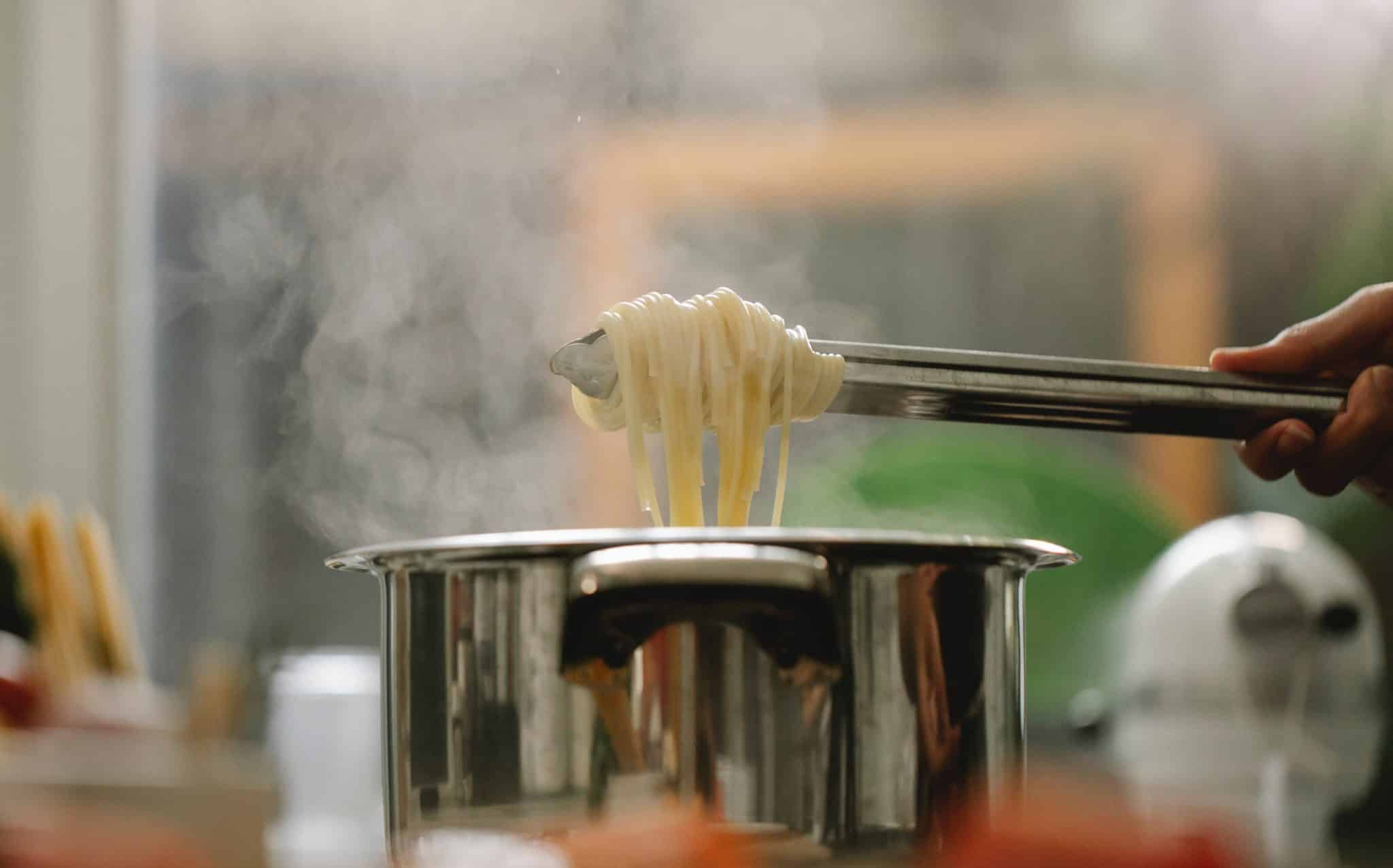
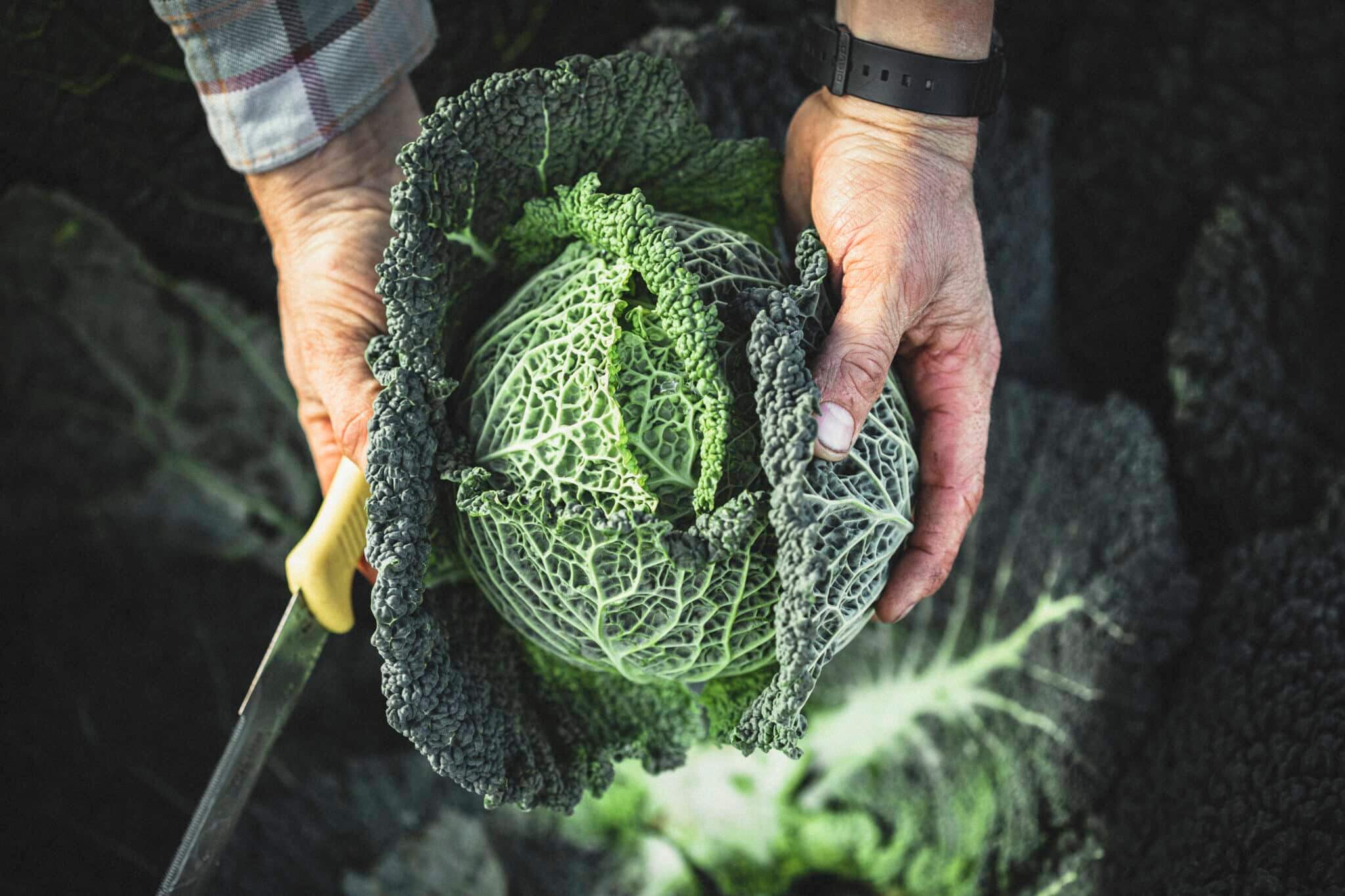

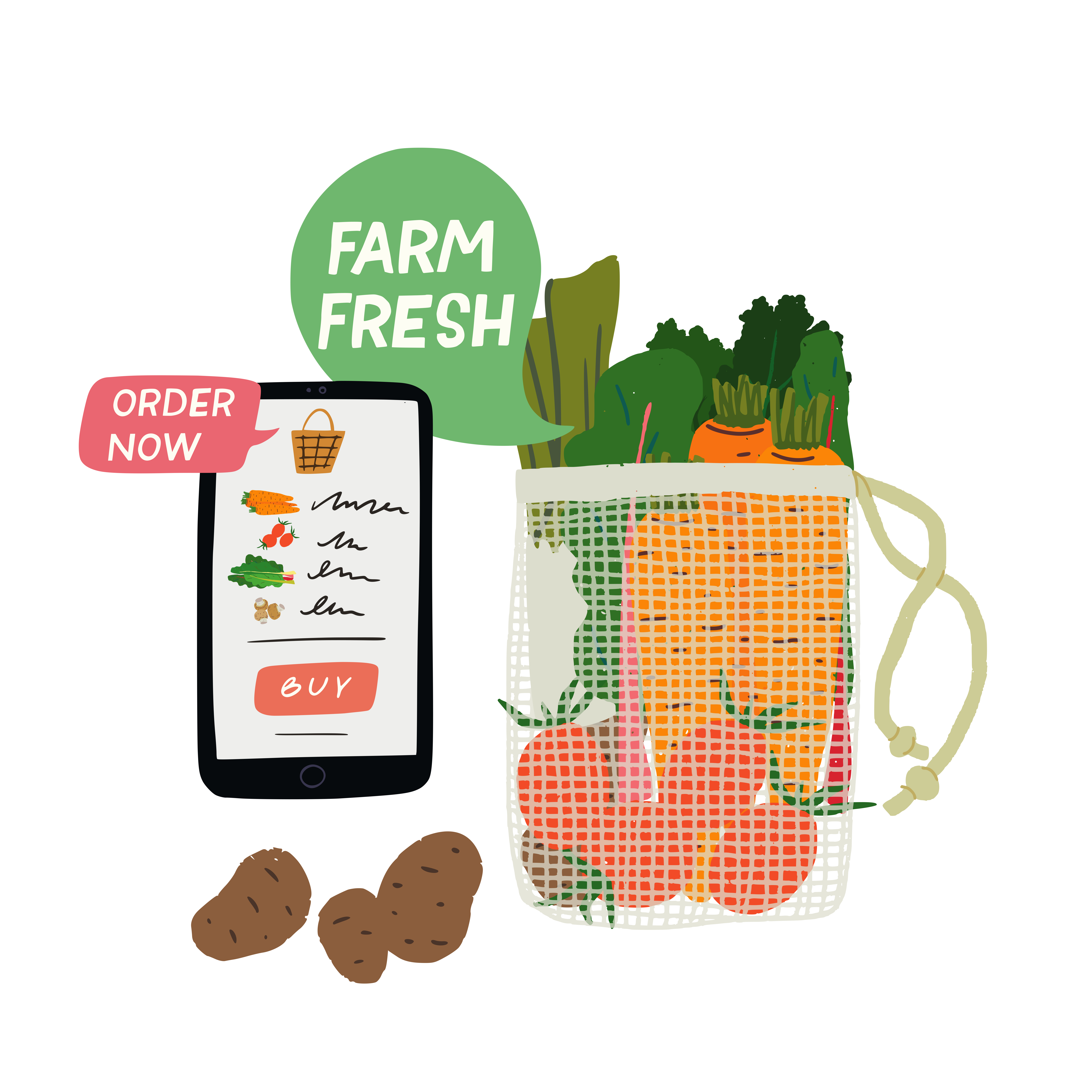

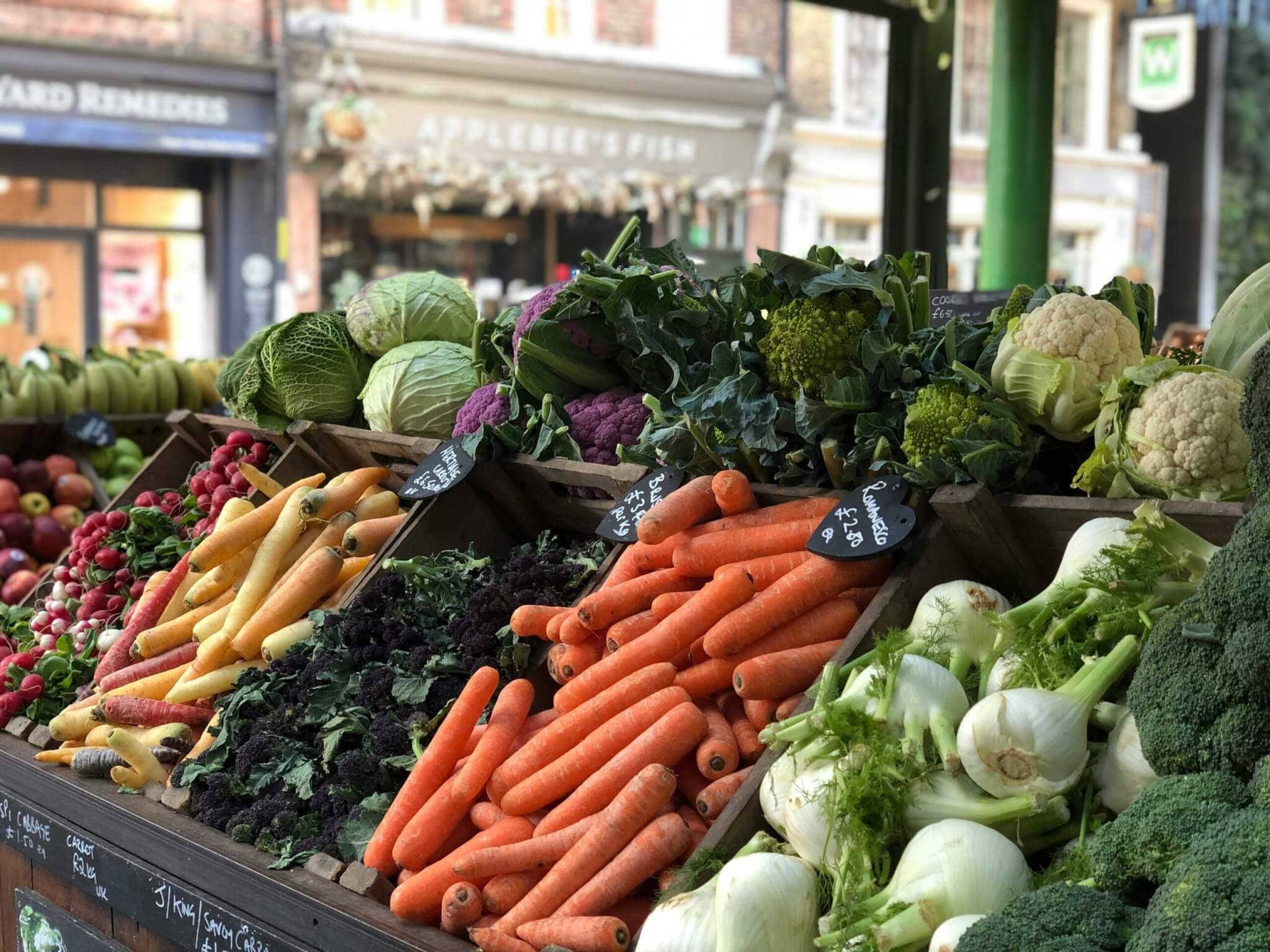
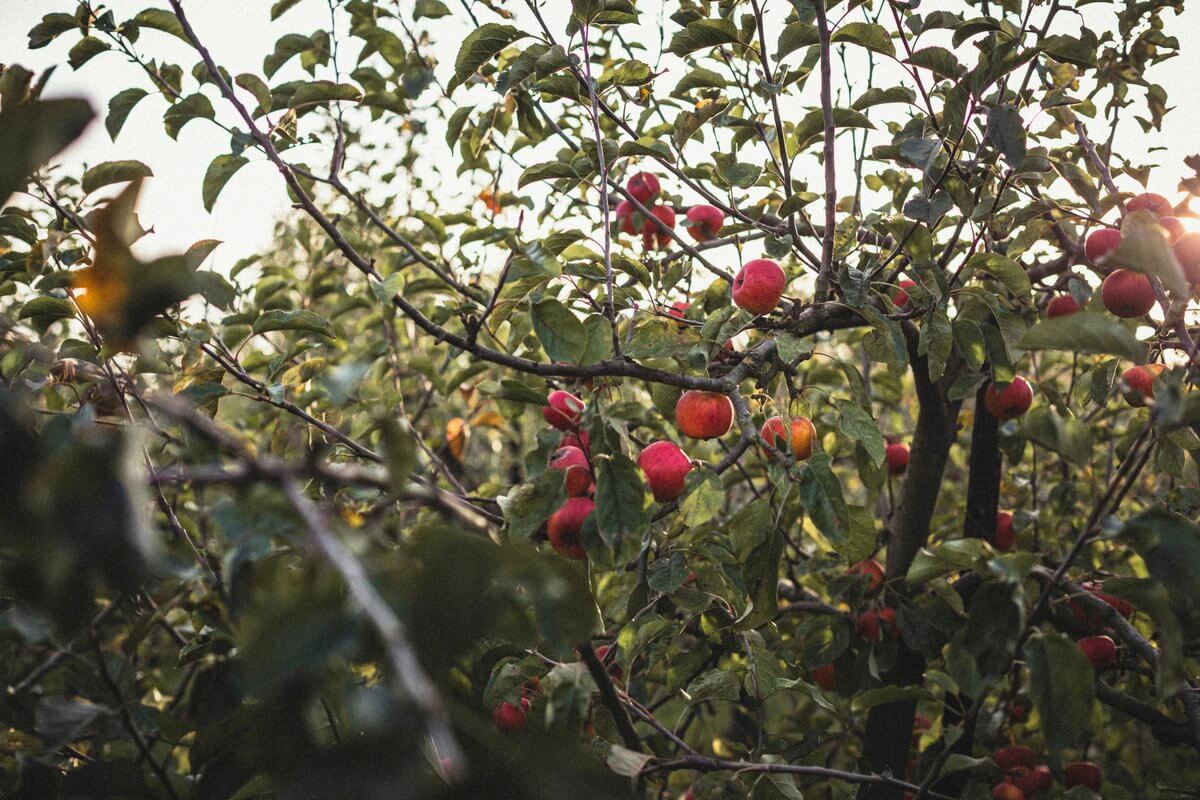
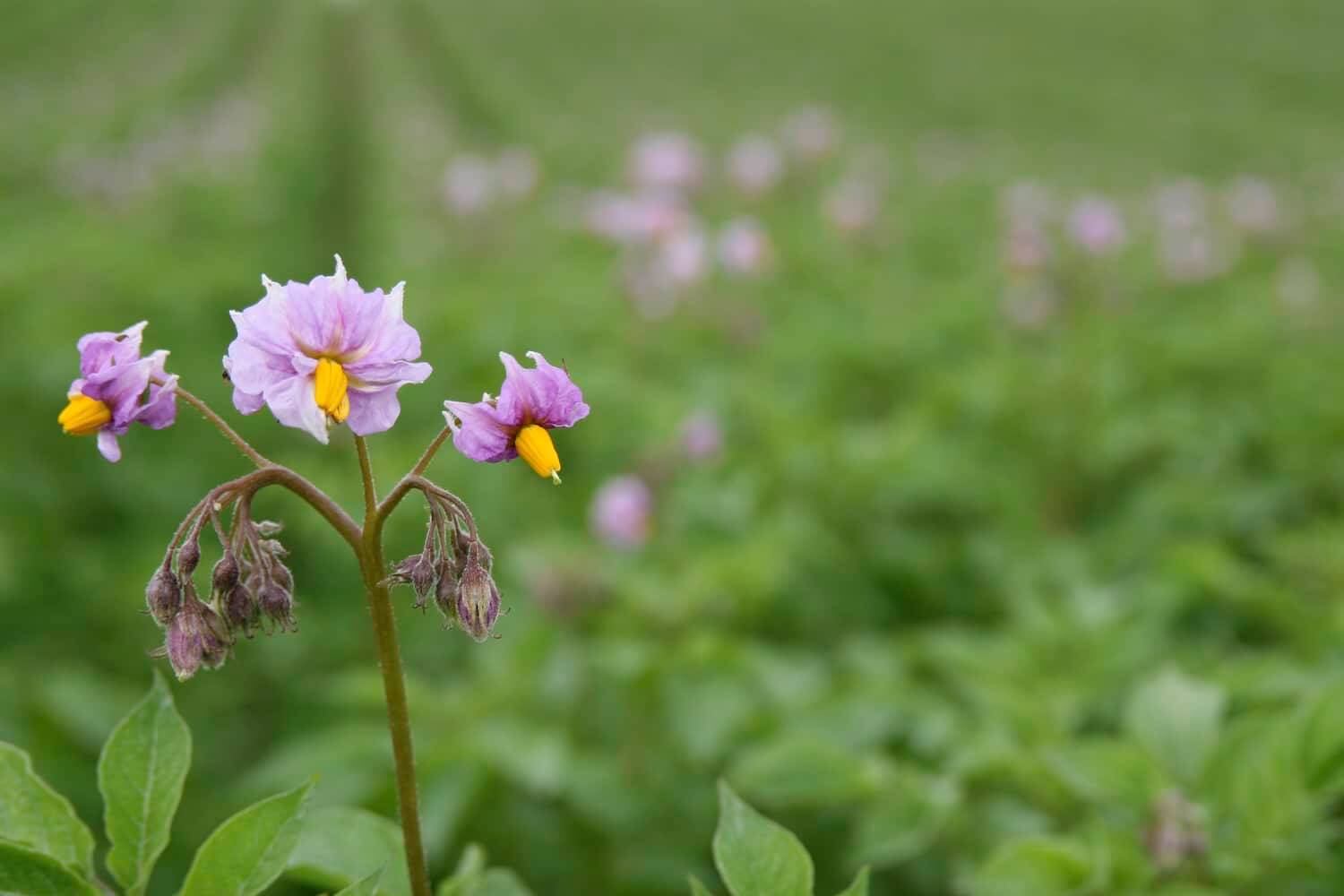




Yes I’ve found that by soaking things like chickpeas, lentils, carlin peas, beans etc overnight reduces the cooking time dramatically
Taking an idea from haybox cookery: when boiling potatoes for mash or root vegetables, or cooking rice and pasta, bring the water to the boil, add the food, bring to the boil again, turn off the heat, move the pan away from the hob onto a heatproof mat and cover it with an old towel. The food will be cooked in about the same time as it would have taken with the hob burning. If necessary it can be briefly reheated.